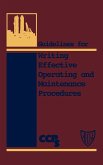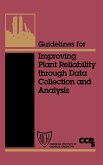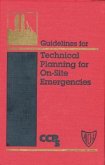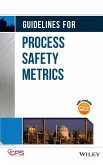This book contains guidelines for companies to improve their process safety performance through the proper identification and mitigation of chemical reactivity hazards. Extensive use of case histories is made throughout the text to illustrated key points and learnings. By using the CCPS RBPS framework for reactive assessments, the reader is guided in how to design and implement a reactive chemistry management framework. Topics concerning the use of published data, open source screening and evaluation software allow the reader to focus the scope of further quantitative evaluation efficiently. Detailed discussion (with applicable example evaluations and case histories) of testing methodologies, both historic and cutting-edge, fill in the Process Knowledge gaps concerning reactive hazards, and allow for design and engineering of specific prevention, control and mitigation methods to manage chemical reactivity risk. Finally, using the well-established RBPS framework puts chemical reactivity evaluation into perspective relative to other process safety hazards and activities, and provides a means to effectively incorporate evaluation results into Hazard Identification and Risk Assessment (HIRA), Operating and Maintenance Procedures, Asset Integrity and Reliability programs, Conduct of Operations and Operational Readiness evaluations, each of which have unique chemical reactivity-related requirements in addition to their more general application to process safety risks.







